Home>diy>Planning & Engineering>What Does Agricultural Zoning Mean
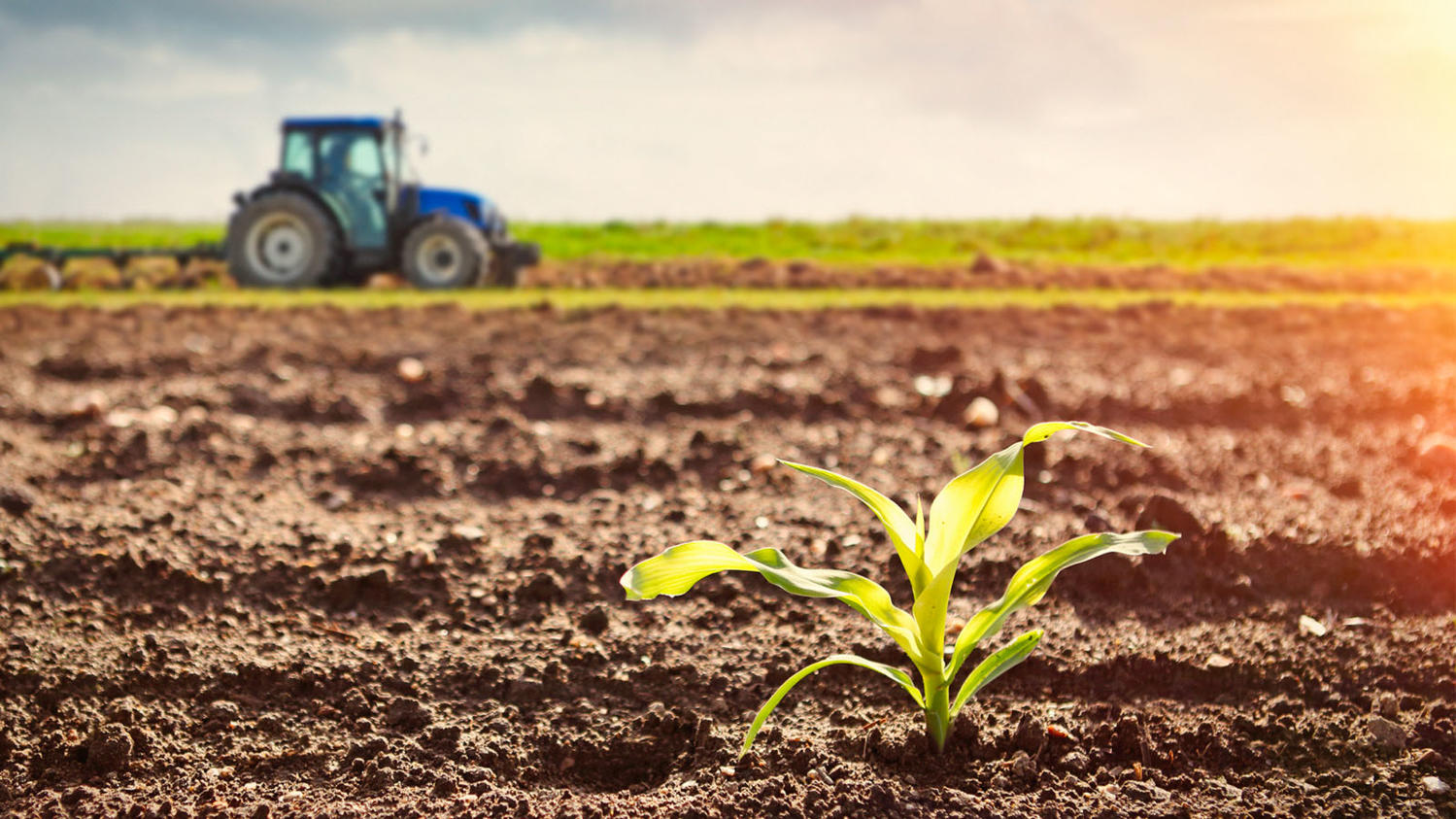

Planning & Engineering
What Does Agricultural Zoning Mean
Modified: December 7, 2023
Learn what agricultural zoning means and its significance in the field of planning and engineering. Gain insights into the impact of agricultural zoning on land use and development.
(Many of the links in this article redirect to a specific reviewed product. Your purchase of these products through affiliate links helps to generate commission for Storables.com, at no extra cost. Learn more)
Introduction
Agricultural zoning plays a crucial role in land use planning and management. It refers to the practice of designating specific areas of land for agricultural purposes, often with restrictions on non-agricultural activities. This zoning is implemented by local governments to protect and promote the agricultural industry, ensure the availability of farmland, and preserve the rural character of an area.
Agricultural zoning is a common practice around the world, as it helps maintain a balance between agricultural productivity, environmental sustainability, and urban development. By designating certain areas exclusively for agricultural use, local authorities can regulate land use, control the expansion of urban areas, and address the challenges of rapid urbanization.
While agricultural zoning is primarily aimed at protecting farmland and supporting the agricultural industry, it also brings about several benefits. It helps to maintain the local food supply, promote agricultural sustainability, preserve natural resources, and protect the environment. Additionally, agricultural zoning can enhance the quality of life for both rural and urban communities by preserving open spaces, supporting agritourism activities, and maintaining the cultural heritage associated with farming.
Implementing agricultural zoning requires a thorough understanding of the specific needs and characteristics of an area. It involves considering various factors such as soil suitability for farming, proximity to urban areas, infrastructure availability, and the potential impact on nearby properties. The designation of agricultural zones and the regulations associated with them are typically determined through extensive consultation with stakeholders, including farmers, landowners, environmentalists, and local communities.
However, like any land-use regulation, agricultural zoning also poses certain challenges. One of the key challenges is balancing the interests of agricultural activities with the demands for land for other purposes, such as residential or industrial development. There can also be conflicts arising from differing perspectives on land use and potential clashes with urban expansion. Additionally, enforcing agricultural zoning regulations and ensuring compliance can be complex and require proper monitoring and management by local authorities.
Overall, agricultural zoning plays a vital role in ensuring the long-term sustainability of the agricultural sector and protecting farmland from encroachment. It helps maintain the delicate balance between agricultural activities, urban growth, and environmental conservation. By carefully considering the needs of the community, agricultural zoning can contribute to the preservation of traditional farming practices, the availability of local food sources, and the overall well-being of both rural and urban areas.
Key Takeaways:
- Agricultural zoning is crucial for protecting farmland, supporting the local food supply, and preserving the rural character of an area. It helps maintain a balance between agriculture, urban development, and environmental conservation.
- Effective agricultural zoning involves careful consideration of factors such as soil suitability, environmental impact, and community needs. It aims to address challenges like land use conflicts, urban pressure, and economic viability while promoting sustainable farming practices.
Read more: What Does Commercial Zoning Mean
Definition of Agricultural Zoning
Agricultural zoning is a land use planning technique that involves the allocation and regulation of specific areas of land for agricultural purposes. It is a legal mechanism employed by local governments to designate and protect land for farming activities, while restricting non-agricultural uses in those designated areas.
This form of zoning aims to establish and maintain a balance between agricultural production, urban development, and environmental conservation. By delineating agricultural zones, local authorities can ensure the preservation of farmland, promote sustainable farming practices, and safeguard the rural character of an area.
Agricultural zoning typically involves the classification of land into different zones based on its suitability for farming and the desired level of agricultural activity. These zones may vary in terms of permitted land uses, development density, setbacks, and other regulations. The purpose of such zoning is to provide farmers with the necessary space, resources, and conditions to engage in agricultural activities, while also protecting them from encroaching urbanization.
The key objective of agricultural zoning is to safeguard the vital role of agriculture in local economies and food production. It ensures that agricultural land remains protected, allowing farmers to operate without undue interference from incompatible land uses or conflicting interests.
Agricultural zoning can take different forms, depending on the specific needs and circumstances of a region. It can include restrictions on non-agricultural activities such as industrial development, residential construction, or commercial establishments. Additionally, it can regulate the types of agricultural operations allowed, such as crop cultivation, livestock grazing, or specialized farming practices.
The enforcement of agricultural zoning is typically carried out through zoning ordinances and regulations. These regulations define the specific requirements, restrictions, and standards that must be adhered to within the designated agricultural zones. Violations of these regulations may result in penalties or legal consequences.
Overall, agricultural zoning is a crucial tool in ensuring the long-term viability of the agricultural industry. By designating specific areas for farming activities and implementing appropriate regulations, it helps maintain the agricultural landscape, support the local food supply, and foster a sustainable and balanced relationship between agriculture and urban development.
Purpose of Agricultural Zoning
The primary purpose of agricultural zoning is to protect and promote the agricultural industry by designating specific areas of land for farming activities. It serves as a land use planning tool that helps to maintain the viability of agriculture in the face of urban expansion and competing land uses. Here are some of the key purposes and objectives of agricultural zoning:
- Preserving Farmland: Agricultural zoning is essential for preserving farmland and ensuring its availability for agricultural purposes. By designating certain areas as agricultural zones, local governments can protect productive farmland from being converted to non-agricultural uses, such as residential or industrial development.
- Supporting the Agricultural Economy: Agricultural zoning plays a crucial role in supporting the local agricultural economy. By providing farmers with secure and designated areas for their activities, it helps to enhance the stability and productivity of the agricultural sector. This, in turn, contributes to the income generation, employment opportunities, and economic growth of rural communities.
- Maintaining the Rural Character: Agricultural zoning helps to preserve the rural character of an area and maintain its aesthetic appeal. By designating agricultural zones, local governments ensure that the open spaces, scenic landscapes, and natural resources associated with farming are protected from urban encroachment.
- Protecting Natural Resources: Agricultural zoning can contribute to the conservation and protection of natural resources. By promoting sustainable farming practices within designated zones, it helps to minimize the negative impacts of agriculture on soil erosion, water quality, biodiversity, and other environmental factors.
- Fostering Food Security: Agricultural zoning is crucial for ensuring food security at the local and regional levels. By designating land specifically for agricultural use, it supports the production of food and provides a reliable source of locally grown food for the community.
- Promoting Rural Tourism: Agricultural zoning can create opportunities for agritourism activities, which can enhance the local economy and promote rural tourism. Farms located within designated zones may be able to offer educational programs, farm tours, and other agricultural experiences that attract visitors.
- Preserving Agricultural Heritage: Agricultural zoning helps to preserve the cultural and historical heritage associated with farming. By protecting farmland and maintaining farming activities, it ensures the continuity of traditional agricultural practices and the preservation of rural traditions and values.
Overall, agricultural zoning serves multiple purposes and benefits various stakeholders, including farmers, rural communities, consumers, and the environment. It plays a crucial role in maintaining the long-term sustainability of the agricultural industry, protecting farmland from urban sprawl, and promoting the economic, social, and environmental well-being of a region.
Benefits of Agricultural Zoning
Agricultural zoning provides numerous benefits that contribute to the sustainability of the agricultural industry, the protection of farmland, and the overall well-being of communities. Here are some key benefits of agricultural zoning:
- Preservation of Farmland: Agricultural zoning helps preserve valuable farmland by designating specific areas exclusively for agricultural use. This ensures that fertile land is protected from being converted to non-agricultural purposes, such as urban development, industrial expansion, or commercial activities.
- Sustainable Agriculture: By promoting sustainable farming practices within designated agricultural zones, agricultural zoning contributes to the long-term sustainability of the agricultural industry. It encourages responsible land management, soil conservation, water conservation, and the use of environmentally friendly farming techniques.
- Local Food Supply: Agricultural zoning supports the availability of locally grown food. By designating land for agricultural use, it helps maintain and increase the production of fresh and nutritious food within the community. This contributes to food security, reduces dependence on external food sources, and fosters a connection between farmers and consumers.
- Environmental Protection: Agricultural zoning plays a vital role in protecting the environment. By preserving farmland, it helps maintain green spaces, biodiversity, and natural habitats. Additionally, sustainable farming practices within agricultural zones contribute to the reduction of pollution, soil erosion, and water contamination.
- Open Space and Scenic Beauty: Agricultural zoning helps to maintain the open spaces and scenic beauty associated with rural landscapes. It preserves the visual appeal of farmland, enhances the quality of life for residents, and provides opportunities for outdoor activities such as hiking, biking, and nature appreciation.
- Economic Benefits: The presence of agricultural zones can provide economic benefits to local communities. Agricultural activities contribute to job creation, income generation, and the overall economic stability of rural areas. Additionally, agritourism activities within agricultural zones can attract visitors, boost local businesses, and support the tourism industry.
- Cultural Preservation: Agricultural zoning helps to preserve the cultural heritage and traditions associated with farming. By protecting farmland and supporting agricultural practices, it ensures the continuity of rural traditions, local customs, and farming knowledge that have been passed down through generations.
- Community Well-being: Agricultural zoning contributes to the overall well-being of communities. It provides opportunities for residents to engage in agricultural activities, connect with nature, and participate in local food systems. The presence of agricultural zones can also foster a sense of community, pride, and identity in rural areas.
In summary, agricultural zoning brings numerous benefits to both the agricultural industry and the wider community. It helps preserve farmland, supports sustainable farming practices, ensures the availability of locally grown food, protects the environment, and enhances the overall quality of life for residents in both rural and urban areas. By striking a balance between agriculture and other land uses, agricultural zoning plays a crucial role in creating resilient, sustainable, and thriving communities.
Types of Agricultural Zoning
There are several types of agricultural zoning that are implemented based on the specific needs, objectives, and characteristics of a region. These zoning categories help to differentiate and regulate the various agricultural activities and land uses. Here are some common types of agricultural zoning:
- Agricultural Exclusive Zone (AEZ): This type of zoning designates areas exclusively for agricultural use. Non-agricultural activities, such as residential, commercial, or industrial development, are typically prohibited within these zones. AEZ focuses on preserving farmland and protecting agricultural activities from interference or encroachment.
- Agricultural Residential Zone (ARZ): ARZ allows a combination of agricultural and residential uses within specific areas. This type of zoning is often seen in areas with a mix of farming activities and residential developments. It aims to strike a balance between farming operations and the residential needs of farmers or those interested in living in close proximity to agricultural activities.
- Agricultural-Industrial Zone (AIZ): AIZ designations permit agricultural activities alongside light or limited industrial uses. This zoning type allows for the coexistence of agricultural operations and industries that support or supplement the agricultural sector. It provides opportunities for processing facilities, agribusinesses, farm equipment manufacturers, and other related industries.
- Agritourism Zone: Agritourism zoning focuses on areas where agricultural activities are combined with tourism and recreational uses. This type of zoning encourages the development of tourist attractions such as farm tours, farmers’ markets, farm stay accommodations, and farm-to-table experiences. It aims to promote rural tourism, support local economies, and educate visitors about farming practices.
- Specialized Agricultural Zone: Some regions may have specialized agricultural zoning categories tailored to specific farming practices or products. For example, there could be separate zones for livestock farming, crop cultivation, vineyards, orchards, or organic farming. These zoning designations recognize the unique requirements and characteristics associated with different agricultural activities.
- Agricultural Conservation Zone: Agricultural conservation zones focus on protecting environmentally sensitive areas, natural habitats, and scarce resources within agricultural lands. These zones may have stricter regulations to ensure the preservation of biodiversity, water resources, and fragile ecosystems. Conservation practices such as buffer zones, riparian protection, and soil erosion control measures are often required in these areas.
It is important to note that zoning categories may vary between different jurisdictions or regions, as they are often customized to address local agricultural needs and the unique characteristics of the area. The specific regulations and requirements associated with each zoning type will also differ based on local policies and objectives.
By implementing various types of agricultural zoning, local authorities can better manage land use and ensure the preservation of farmland, the sustainability of farming practices, and the coexistence of agriculture with other land uses within a region. These zoning designations help to guide the development and operation of agricultural activities, provide clarity to landowners and professionals in the industry, and support the overall goals of agricultural land use planning.
Agricultural zoning refers to the designation of land for agricultural use, which may include restrictions on non-agricultural activities. It’s important to understand the specific regulations and limitations in your area before purchasing or developing agricultural land.
Read more: What Does Zoning R Mean
How Agricultural Zoning Works
Agricultural zoning works by designating specific areas of land for agricultural use and implementing regulations to govern land use within these designated zones. The process involves careful planning, assessment, and consultation to ensure that the zoning decisions align with the goals and needs of the community. Here is an overview of how agricultural zoning works:
1. Identification of Agricultural Land: The first step in agricultural zoning is identifying and mapping the land suitable for agricultural use within a region. This involves considering factors such as soil quality, drainage, topography, water availability, and other agricultural resources. Areas with a history of agricultural use or agricultural potential are typically prioritized for zoning designations.
2. Zoning Districts and Designations: Once the suitable agricultural land is identified, it is divided into different zoning districts or designations based on the specific agricultural activities and land uses. These designations can be based on factors such as farm size, crop type, livestock operations, or specialized farming practices. The zoning districts define the regulations applicable to each area and guide the permitted uses, density, setbacks, and other requirements within the designated agricultural zones.
3. Consultation and Stakeholder Engagement: Agricultural zoning involves consultation and engagement with various stakeholders, including farmers, landowners, community members, environmentalists, and other relevant parties. This process helps gather input, identify concerns, and ensure that the zoning decisions consider the needs and perspectives of all interested parties. Public hearings, workshops, and feedback mechanisms are often employed to facilitate meaningful engagement and transparency in the zoning process.
4. Zoning Ordinances and Regulations: Once the zoning districts and designations are established, specific regulations and zoning ordinances are developed. These rules define the permitted and prohibited uses within the agricultural zones, as well as the standards and guidelines that must be followed. The regulations may cover aspects such as building codes, setback requirements, maximum farm size, livestock quantity limits, and environmental conservation measures. Violations of these regulations can result in penalties or legal consequences.
5. Enforcement and Compliance: Local authorities are responsible for enforcing agricultural zoning regulations and ensuring compliance. This typically involves regular inspections of agricultural properties to ensure that the land use aligns with the designated zoning. Authorities may also provide guidance and support to farmers to help them understand and adhere to the zoning regulations. Non-compliance with the zoning rules can lead to corrective actions, fines, or legal proceedings.
6. Monitoring and Evaluation: Agricultural zoning is an ongoing process that requires monitoring and evaluation to assess its effectiveness and make necessary adjustments. Regular reviews and assessments help identify any changes in agricultural patterns, emerging issues, or evolving community needs. This information is used to update zoning regulations and adapt to the evolving dynamics of the agricultural sector and the community’s goals.
By following this process, agricultural zoning provides a framework for managing land use and ensuring the protection, preservation, and sustainable use of agricultural land. It helps guide the development of agricultural activities, balance different land uses, and promote the long-term viability of the agricultural industry within a region.
Factors Considered in Agricultural Zoning
Agricultural zoning involves considering various factors to ensure that the designated zones for agricultural use align with the unique characteristics and needs of a region. These factors are crucial in determining the suitability of land for farming activities and establishing regulations for agricultural zoning. Here are some key factors considered in agricultural zoning:
- Soil Suitability: The quality and characteristics of the soil play a vital role in determining agricultural zoning. Factors such as soil composition, fertility, drainage, and moisture retention are assessed to identify areas with the potential for successful crop cultivation or livestock grazing.
- Environmental Factors: Agricultural zoning takes into account various environmental factors such as water availability, water quality, air quality, and ecological sensitivity. These factors help to protect natural resources, preserve biodiversity, and reduce the potential negative impacts of agricultural activities on the environment.
- Terrain and Topography: The physical features of the land, such as slope, elevation, and landforms, are crucial considerations in agricultural zoning. Areas with steep slopes or prone to erosion may have different regulations compared to flat or gently sloping lands. This helps to ensure the proper use and management of the land to minimize soil erosion and maintain land stability.
- Proximity to Urban Areas: The distance and proximity to urban areas are important factors in agricultural zoning. Land located closer to urban centers may have different regulations to balance agricultural activities with urban development pressures. This helps to protect farmland from encroachment and conflicts with non-agricultural land uses.
- Infrastructure and Services: The availability of infrastructure and services, such as roads, utilities, and transportation networks, is considered in agricultural zoning. This factor ensures that agricultural zones can support the necessary farming operations and facilitate the efficient transportation of agricultural products to markets and processing facilities.
- Economic Viability: The economic viability of agricultural activities is an essential factor in agricultural zoning. The potential profitability and sustainability of farming operations within designated zones are considered to support the long-term viability of the agricultural industry and avoid situations where farming becomes financially unfeasible due to land use pressures.
- Community Input and Needs: Input and feedback from farmers, landowners, local communities, and other stakeholders are crucial in agricultural zoning. Consideration is given to the needs and aspirations of the community, ensuring that zoning decisions reflect the dynamics, values, and goals of the region and strike a balance between different interests.
- Land Use Compatibility: Compatibility with neighboring land uses is taken into account in agricultural zoning. Considerations are made to minimize conflicts between agricultural activities and adjacent land uses, such as residential areas, sensitive natural areas, or industrial zones. Buffer zones or setback requirements may be established to mitigate potential conflicts.
These factors are not exhaustive, and different regions may have additional considerations based on their specific agricultural conditions, cultural values, and policy priorities. The comprehensive assessment of these factors ensures that agricultural zoning promotes sustainable farming practices, protects farmland, preserves resources, and supports the long-term viability of the agricultural sector within a region.
Challenges and Issues in Agricultural Zoning
Agricultural zoning faces several challenges and issues that require careful consideration and proactive management. These challenges arise from the complex interplay between agricultural activities, urban development, environmental concerns, and the diverse interests of various stakeholders. Here are some key challenges and issues in agricultural zoning:
- Land Use Conflicts: One of the primary challenges in agricultural zoning is managing conflicts between agricultural activities and non-agricultural land uses. As urban areas expand and encroach upon agricultural lands, conflicts may arise due to noise complaints, land use incompatibility, odor issues, or conflicts with regulations governing agricultural practices.
- Urban Pressure: Rapid urbanization exerts pressure on agricultural lands, leading to the conversion of productive farmland for non-agricultural purposes. The increasing demand for residential, commercial, and industrial development can reduce the availability of suitable land for agriculture, limiting the expansion of farming operations.
- Farmer-Landowner Relations: Agricultural zoning can affect the relationships between farmers and landowners. In situations where farmers lease land from landowners, zoning changes or restrictions on agricultural activities may lead to conflicts or disagreements regarding land use rights, leasing terms, or compensation. Clear communication and understanding between farmers and landowners are necessary to address such issues.
- Enforcement and Compliance: Ensuring compliance with agricultural zoning regulations can be challenging. Monitoring and enforcing compliance with zoning requirements across a large number of agricultural properties can be resource-intensive for local authorities. Insufficient enforcement can undermine the effectiveness of agricultural zoning and lead to non-compliance issues.
- Water Availability and Management: Water availability and management pose significant challenges in agricultural zoning. Ensuring an adequate and equitable water supply for agricultural activities can be complex, especially in regions facing water scarcity or competing demands from other sectors. Balancing water needs for agriculture while addressing environmental concerns and maintaining sustainable water management practices is crucial.
- Economic Viability: The economic viability of farming operations can be a challenge within the framework of agricultural zoning. Factors such as rising input costs, market fluctuations, global trade dynamics, and limited access to capital can impact the profitability and sustainability of agriculture. Ensuring that land zonings support economically viable farming practices is essential to the long-term success of the agricultural sector.
- Environmental Conservation: Balancing agricultural development with environmental conservation is a significant issue in agricultural zoning. While promoting agricultural practices that protect the environment is essential, conflicts may arise between the need to meet food production demands and conservation goals. Striking a balance between environmental protection and agricultural productivity requires comprehensive planning and the integration of sustainable farming practices.
- Public Perception and Education: Public perception and understanding of agricultural practices, their benefits, and their impact on the environment are important aspects of agricultural zoning. Misconceptions about farming practices or a lack of understanding about the importance of agricultural activities can lead to resistance against zoning proposals or restrictive regulations. Public education and communication efforts are necessary to foster a better appreciation of agriculture and the role it plays in the community.
To address these challenges and issues, effective communication, collaboration, and ongoing dialogue between farmers, landowners, local communities, policymakers, and environmental stakeholders are crucial. This allows for the development of comprehensive zoning regulations that strike a balance between agricultural viability, environmental conservation, and the needs of a growing population.
Examples of Agricultural Zoning Regulations
Agricultural zoning regulations can vary depending on the specific characteristics, goals, and needs of a region. These regulations are designed to support agricultural activities, protect farmland, and ensure the sustainability of the agricultural sector. Here are some examples of common agricultural zoning regulations:
- Minimum Lot Size: Agricultural zoning regulations often include provisions for minimum lot sizes for agricultural properties. These regulations set a minimum area requirement for farms, ensuring that agricultural activities have enough land for sustainable operations and productivity.
- Setback Requirements: Setback requirements establish specific distances between agricultural operations and neighboring properties or non-agricultural land uses. Setbacks help to minimize conflicts, mitigate potential nuisances, and protect the health and safety of neighboring residents.
- Permitted and Prohibited Uses: Agricultural zoning regulations define the types of agricultural activities and related uses permitted within designated agricultural zones. These regulations may specify activities such as crop cultivation, livestock grazing, organic farming, and aquaculture, while prohibiting non-agricultural activities that may be incompatible with farming operations.
- Special Use Permits/Conditional Use Permits: Some agricultural zoning regulations require special use permits or conditional use permits for certain agricultural activities that may have specific impacts or require additional oversight. These permits may be required for activities such as farm stands, processing facilities, agritourism operations, or extractive agricultural operations.
- Conservation Measures: Agricultural zoning often includes regulations that aim to protect natural resources and the environment. These measures may include the implementation of best management practices for soil conservation, water conservation, nutrient management, and erosion control. The use of conservation techniques, such as buffer zones along watercourses or riparian areas, may be required to protect water quality and sensitive ecosystems.
- Minimum Agricultural Activity Requirements: Some agricultural zoning regulations may set minimum requirements for agricultural activity within designated zones to prevent land speculation or underutilization of agricultural land. These requirements ensure that land designated for agriculture is actively used for agricultural purposes.
- Transfer of Development Rights (TDR): Transfer of Development Rights programs may be incorporated into agricultural zoning regulations to provide an incentive for landowners to retain their farmland. These programs allow landowners to sell development rights to developers, who can then use them to increase the density or intensity of development in designated receiving areas while preserving the agricultural character of the original properties.
- Subdivision Controls: Agricultural zoning regulations may include controls on land subdivision to prevent fragmentation of farmland and the loss of agricultural viability. These regulations may set criteria for subdivisions, such as minimum lot sizes or agricultural compatibility assessments, to ensure that farmland remains intact and suitable for agricultural uses.
- Phasing and Transition Plans: In areas experiencing significant urban expansion, agricultural zoning regulations may incorporate phasing or transition plans. These plans help to manage the gradual transition of agricultural land to non-agricultural uses by outlining specific steps, timelines, and requirements for landowners and developers during the transition process.
It is important to note that the specific regulations and requirements may differ between jurisdictions and regions, as they are tailored to address local needs and concerns. Agricultural zoning regulations are developed through extensive consultation and collaboration with stakeholders and are subject to periodic review and updates to reflect evolving agricultural practices and community priorities.
By incorporating these and other types of regulations, agricultural zoning helps to guide land use decisions, protect farmland, support sustainable farming practices, and promote the long-term viability of the agricultural industry within a region.
Read more: What Does RM Zoning Mean
Conclusion
Agricultural zoning plays a vital role in land use planning and management by designating specific areas of land for agricultural use. It serves as a tool for protecting farmland, supporting the agricultural industry, and preserving the rural character of an area. Through the implementation of zoning regulations, agricultural zoning aims to strike a balance between agricultural productivity, urban development, and environmental conservation.
The benefits of agricultural zoning are numerous. It helps to preserve farmland, ensure the availability of locally grown food, protect natural resources, and support the economic viability of the agricultural sector. By designating specific areas exclusively for agricultural use, agricultural zoning helps to maintain the rural landscape, promote sustainable farming practices, and foster a sense of community and cultural heritage.
However, agricultural zoning also faces challenges and issues. Land use conflicts, urban pressure, enforcement and compliance, and economic viability are among the challenges that need to be effectively addressed. Additionally, ensuring environmental conservation, managing water resources, and addressing public perception and education are crucial considerations in agricultural zoning.
To overcome these challenges, effective communication, collaboration, and ongoing dialogue between stakeholders are essential. By involving farmers, landowners, local communities, policymakers, and environmental stakeholders in the zoning process, agricultural zoning can better align with the needs and aspirations of the community and achieve sustainable agricultural development.
Examples of agricultural zoning regulations include minimum lot sizes, setback requirements, permitted and prohibited uses, conservation measures, and subdivision controls. These regulations help guide the development and operation of agricultural activities, protect farmland, and balance the priorities of agriculture and non-agricultural land uses.
In conclusion, agricultural zoning is a crucial planning tool that ensures the long-term sustainability of the agricultural industry, protects farmland, and supports the overall well-being of communities. By carefully considering the various factors involved, addressing challenges, and implementing effective regulations, agricultural zoning can contribute to a resilient and thriving agricultural sector, a sustainable environment, and vibrant rural and urban communities.
Frequently Asked Questions about What Does Agricultural Zoning Mean
Was this page helpful?
At Storables.com, we guarantee accurate and reliable information. Our content, validated by Expert Board Contributors, is crafted following stringent Editorial Policies. We're committed to providing you with well-researched, expert-backed insights for all your informational needs.

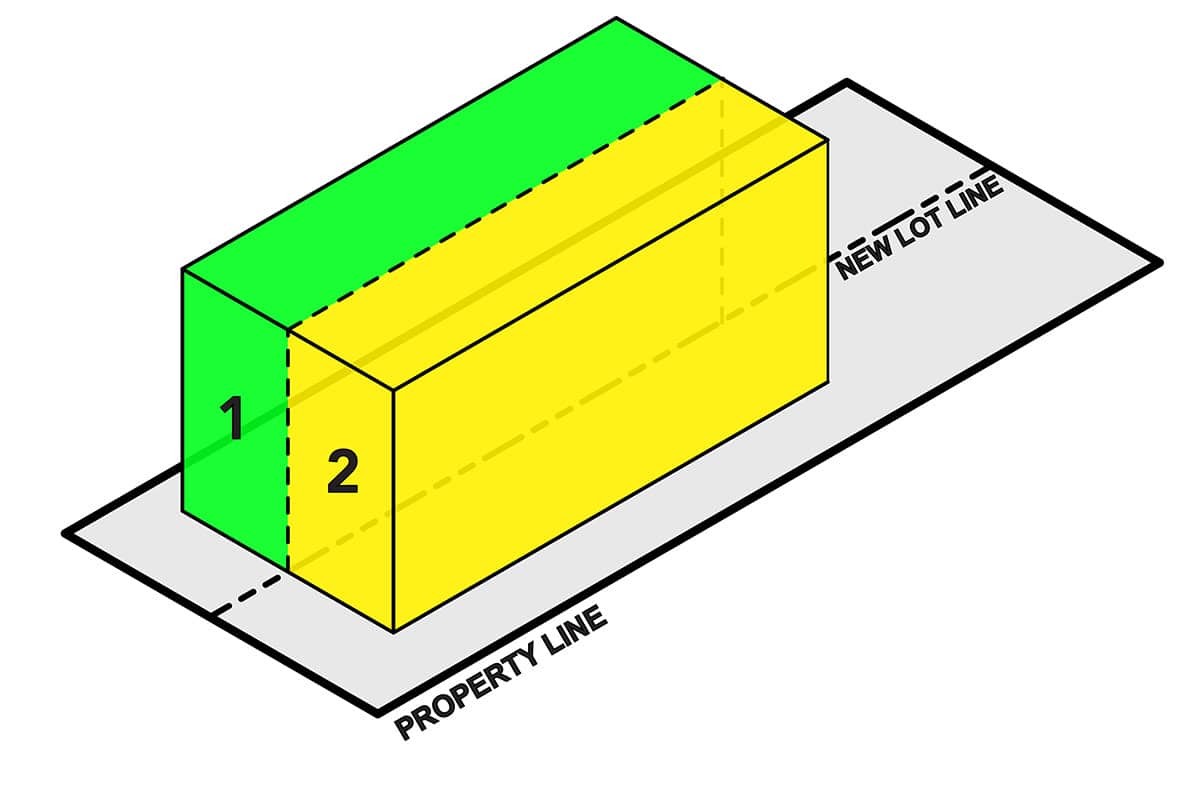
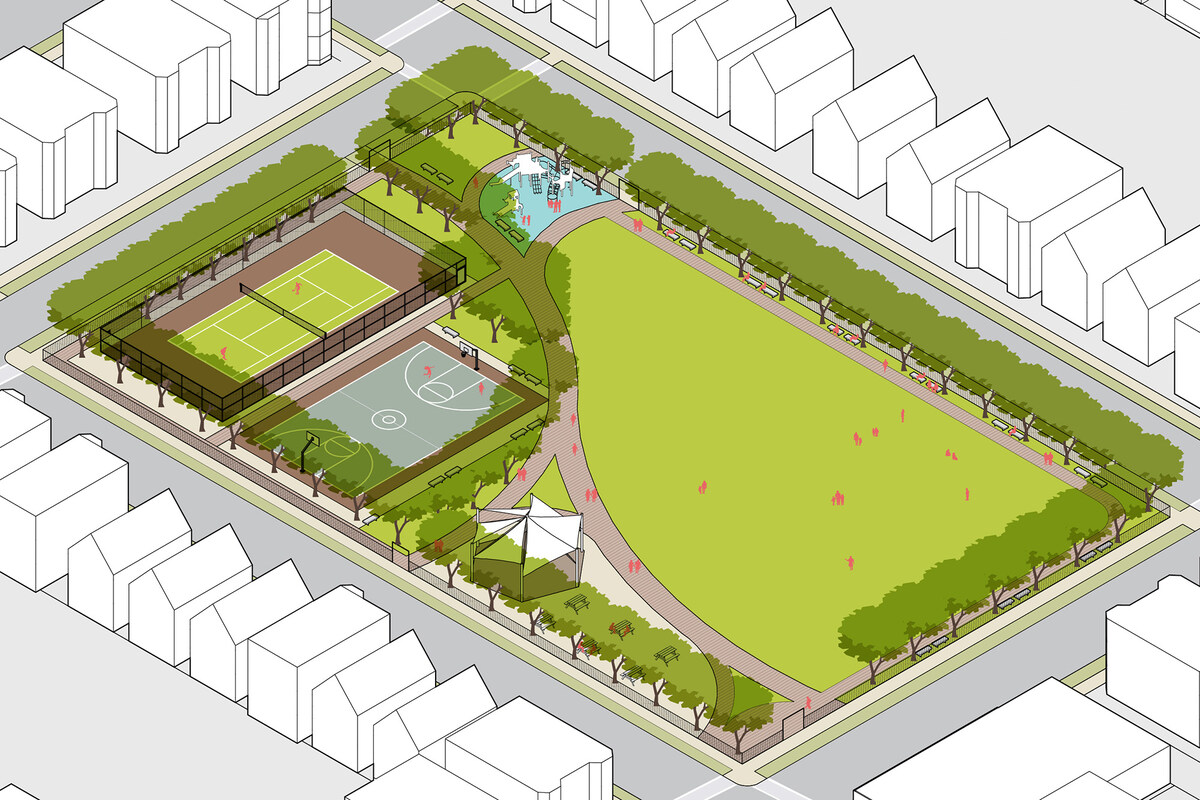
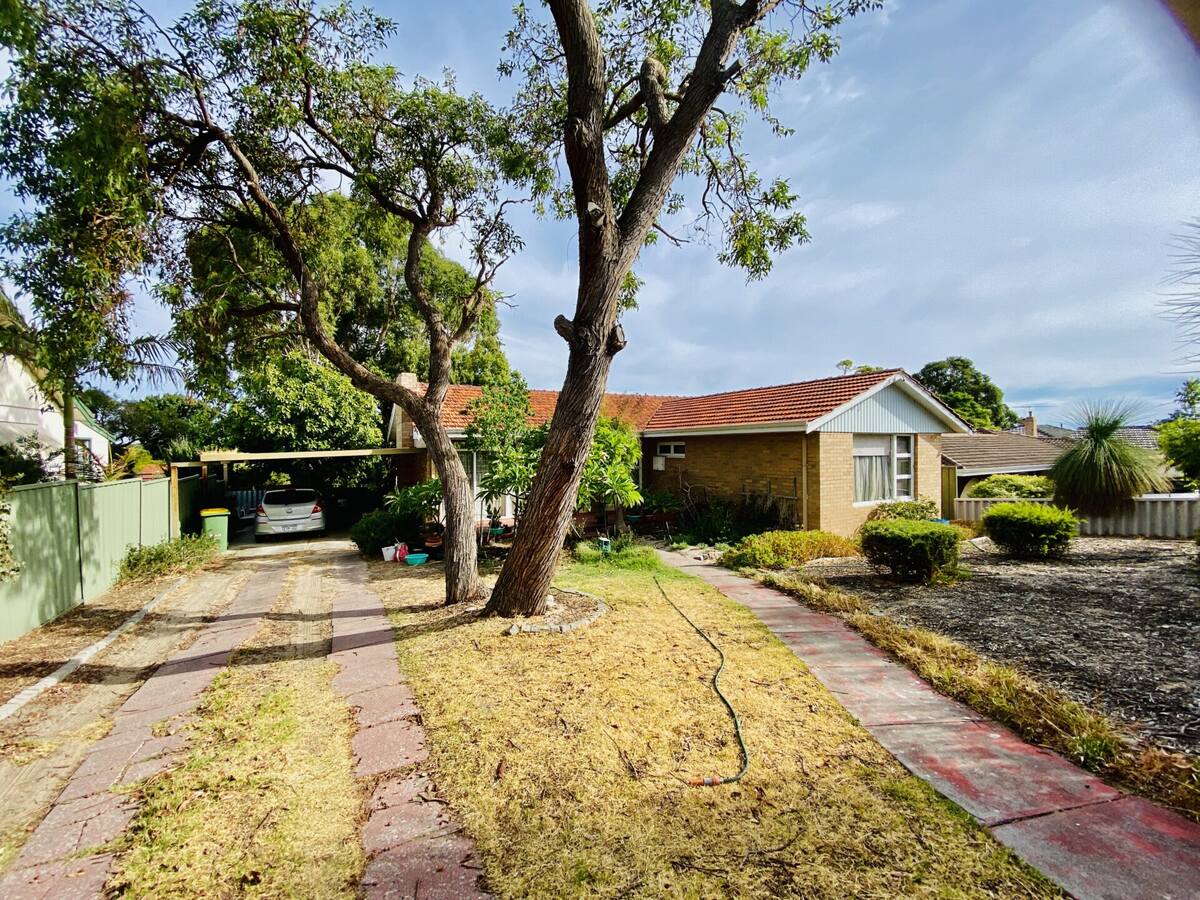
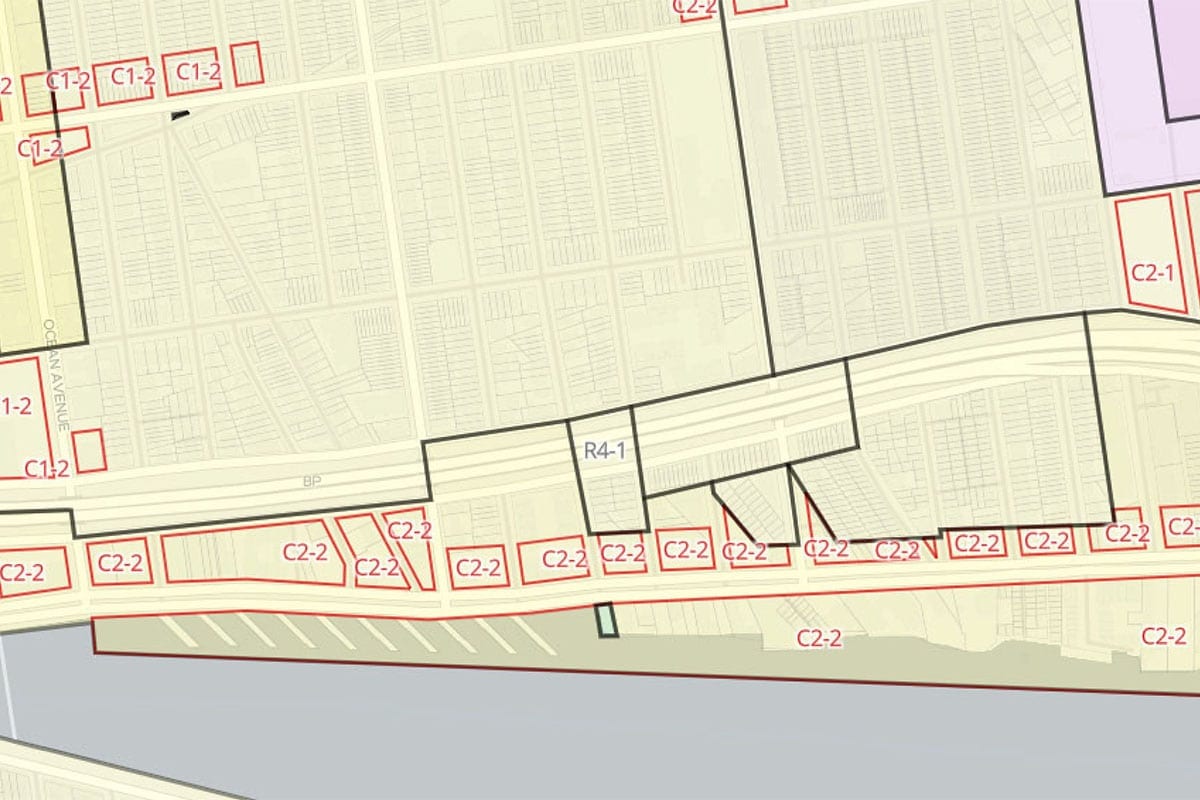


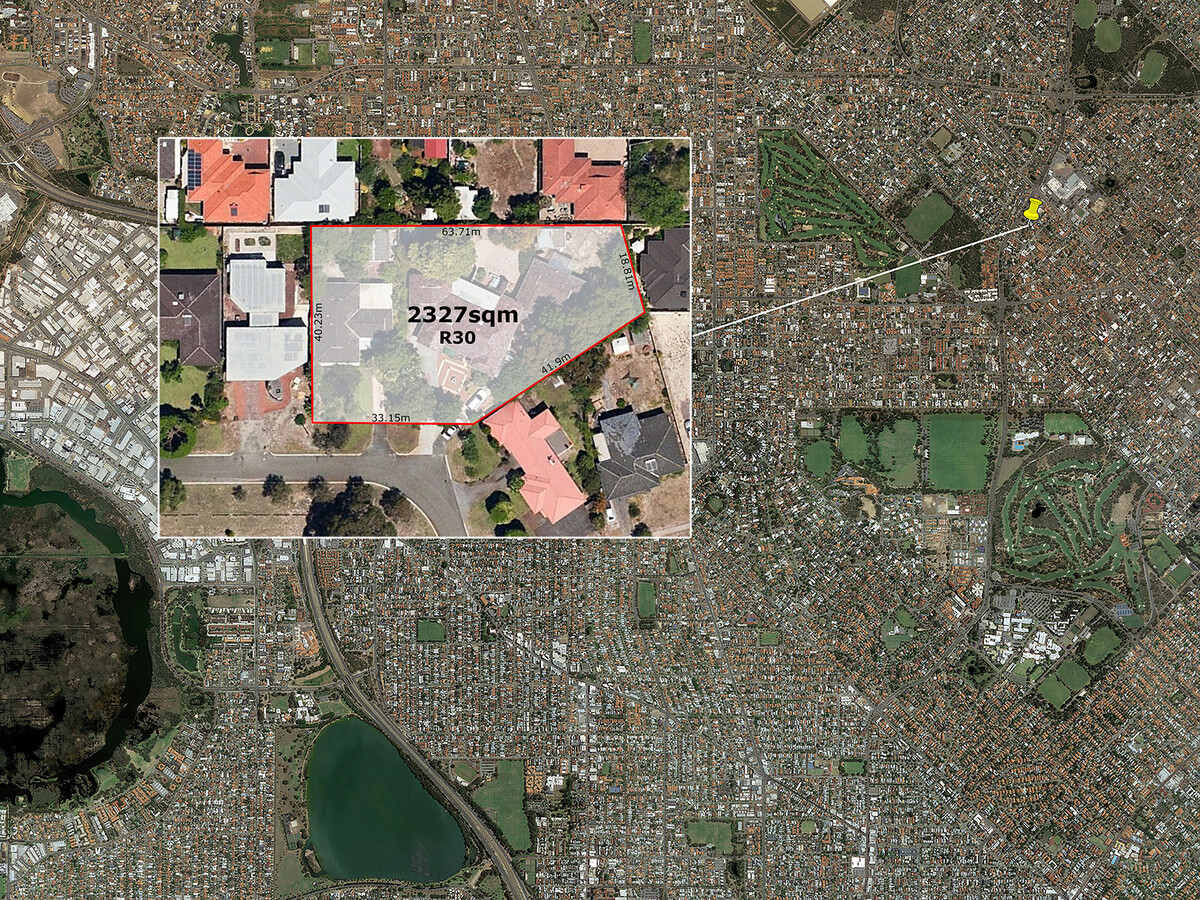
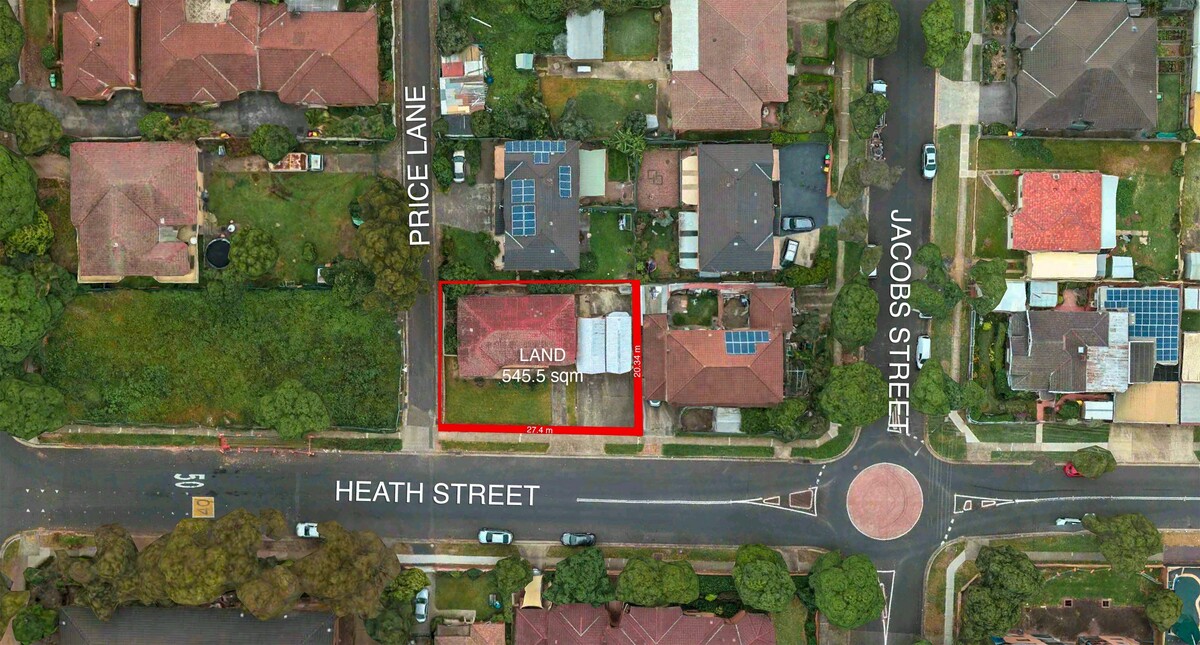
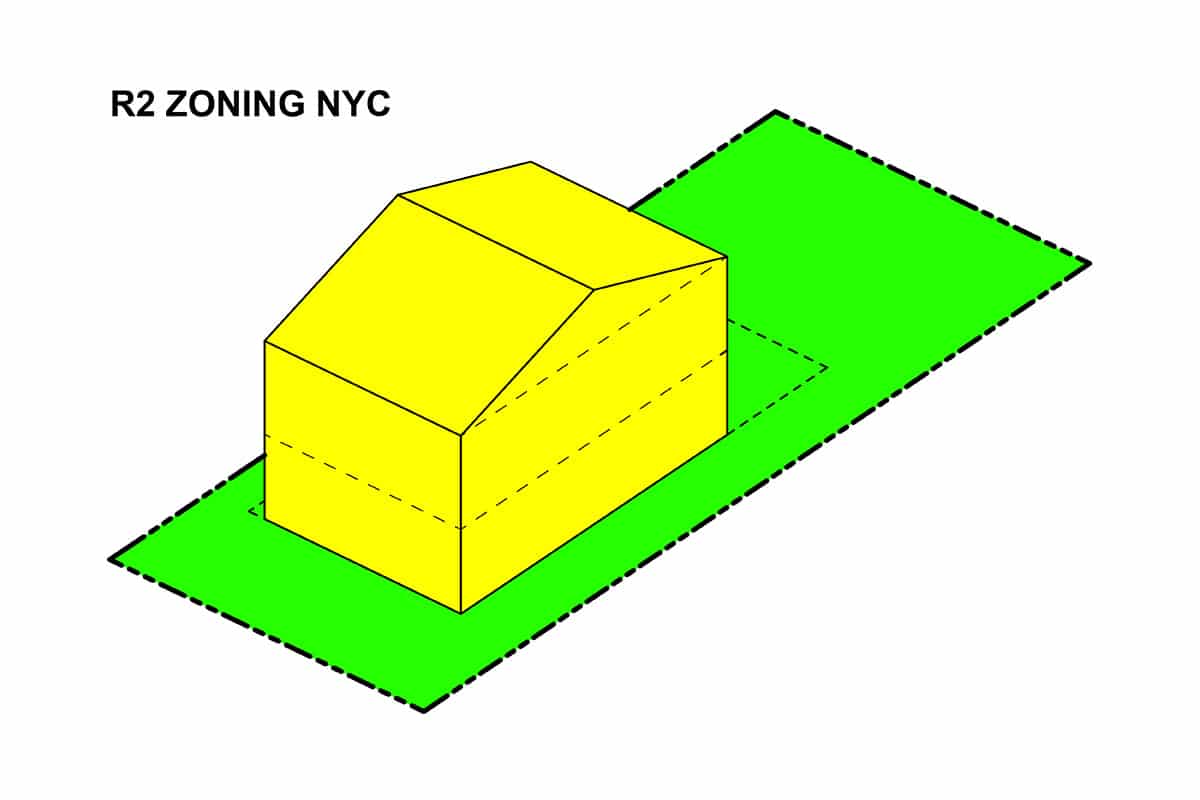
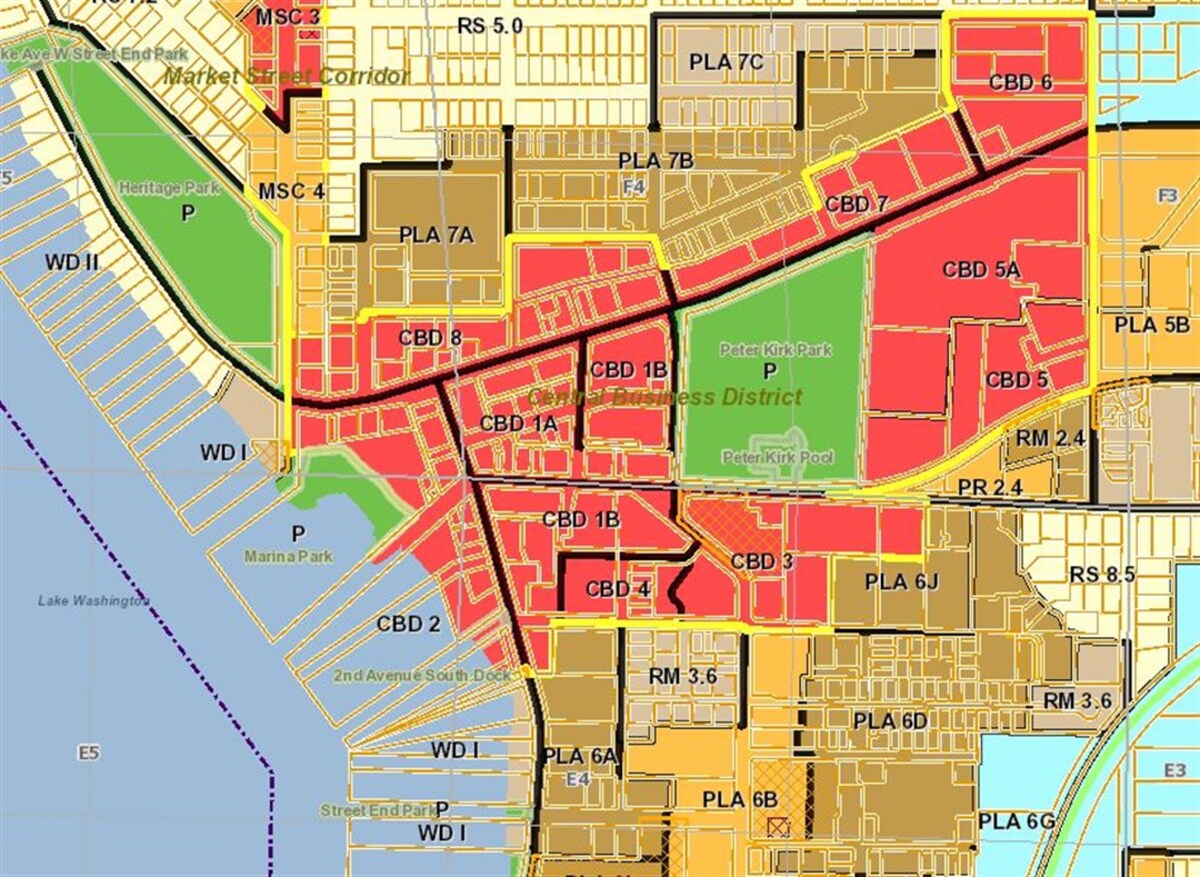



0 thoughts on “What Does Agricultural Zoning Mean”